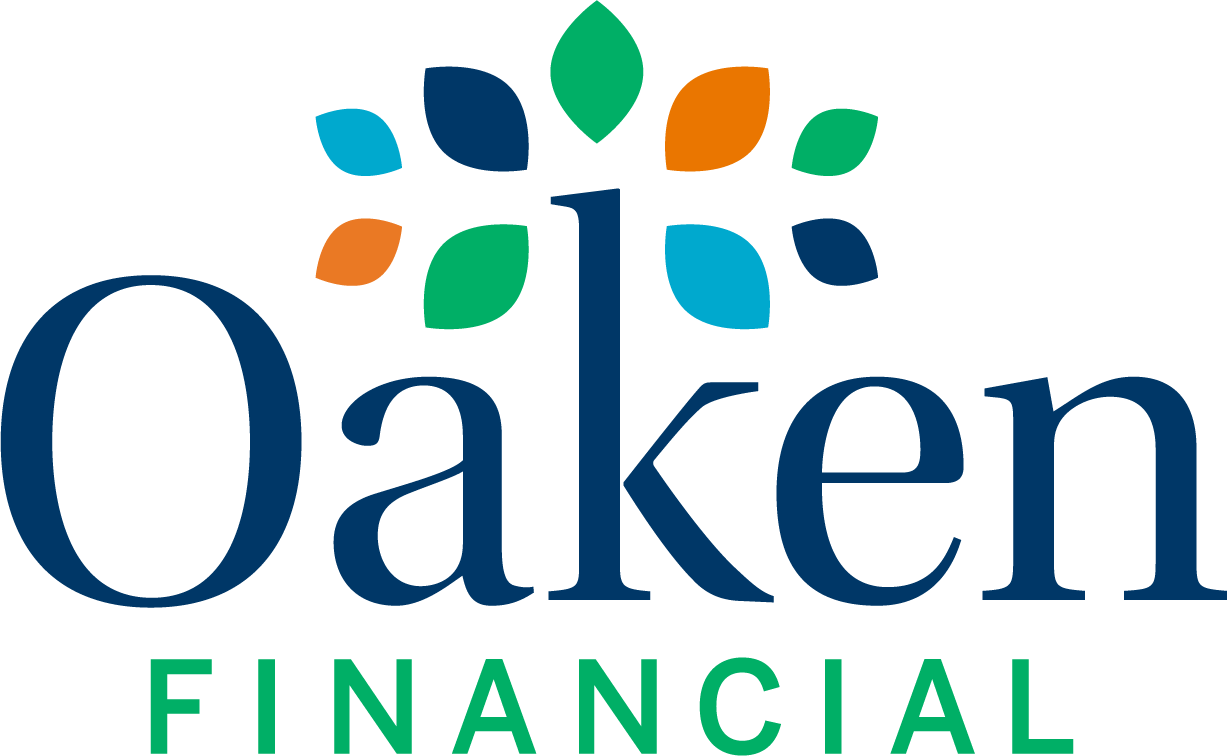Jesse was fortunate that when he was still very young, his father explained the importance of budgeting and avoiding debt. Now, as a young adult, Jesse continues to put the lessons he learned from his father to good use.
Budgeting for young adults
If you’re just starting out in your career, you already know there are many demands on your limited income. With everything from student loans to moving out on your own and taking on additional living expenses, it can be a challenge for young people to make ends meet when first entering the workforce.
That’s why it’s essential that you have a budget that ensures you can manage your expenses without relying on debt. Poor financial decisions made, even at this early stage in your career, can negatively affect your credit score and it could take years for you to rebuild your credit.
Creating a personal budget
If you’ve never before created a personal budget, it may seem a daunting task, but it’s really not that difficult. Just follow the steps outlined in this Oaken Blog feature, and you’ll be well on your way to creating your own personalised budget. If you currently have a lot of debt, especially high interest debt such as a credit card balance, you’ll even find tips for attacking this debt first.
You should also check out the Financial Consumer Agency of Canada (FCAC) website. The FCAC is an independent government agency that provides helpful advice on managing your personal finances. The FCAC even includes an online budget planning tool that you can use to create your budget. There are also some great budgeting apps available that you can download directly to your mobile device.
1. List your expenses
To get started, you first need to understand where your money goes each month. To track your monthly expenditures, review your banking statements for the past 6 months and note each transaction. Start with your monthly “fixed” costs – these are your regular expenditures that you have each month, including housing costs (rent or mortgage payments), loan payments and utilities.
Next, look at other monthly expenses such as your grocery and transportations costs, as well as your entertainment spending. These amounts will vary, so record the average you spend on these items each month. Finally, any expenditure that doesn’t fit one of these categories should be included as a “miscellaneous” expense.
While it may be tempting to make your financial picture look a little better on paper, it’s important that you accurately document your actual spending. To get the most from this exercise, you need to start with a true understanding of your spending needs.
2. Identify areas where you can reduce spending
Chances are that after looking closely at your spending, you’ll be surprised – or maybe even a little discouraged – when you see how much you actually spend each month. That’s okay – you now have the information you need to make a critical assessment of your spending, and can start taking the necessary first steps to get your finances on track.
When it comes to finding areas where you can potentially reduce your monthly costs, pay close attention to your miscellaneous spending. Many items in this category will be more discretionary in nature than things like groceries and utilities, so it may be easier to find potential savings here.
3. Set new spending goals
Now that you have a more precise record of your spending, you can go ahead and set a target for each item you listed in your budget. Keep in mind that you must be reasonable when setting your new spending goals. If you typically spend $450 a month on groceries, it would be unrealistic to set a budget of just $200.
Also, be sure to include an entry for the amount you intend to add to your savings each month. By including a monthly savings contribution in your budget, you'll give yourself a much greater chance of becoming a successful saver. Whether setting aside money for unexpected emergencies, or saving for your retirement, including a savings goal should be a mandatory component of your overall budget.
4. Prioritize your debt
If one of your financial goals is to pay down your outstanding debt as quickly as possible, you need to first understand that not all debt is created equal. Credit card debt, for instance, has a much higher rate of interest than most other loans. For this reason, paying down an outstanding credit card balance should be considered a high priority.
You should also be aware that paying just the minimum amount on your credit card each month will cost you much more in the long run. That’s because when you pay only the monthly minimum, most of your payment goes to the interest and very little is applied to the outstanding balance. Worse still, when you carry a balance over to the following month, the interest continues to compound each month on the outstanding balance, adding even more to your total debt.
Two common tactics to paying down debt as quickly and efficiently as possible are the "snowball" method and the "avalanche" method. They are similar in their approach in that they focus on creating a plan that targets specific debts, before moving on to tackle other outstanding debts. Click here to read more about these two methods of prioritizing your debt.
5. Review and update your budget regularly
Finally, you'll need to update your budget as your circumstance change. Buying a house, getting married, and starting a family are all major milestones that most young adults will experience. As your priorities change, so too must your budget.




 Saversodes
Saversodes